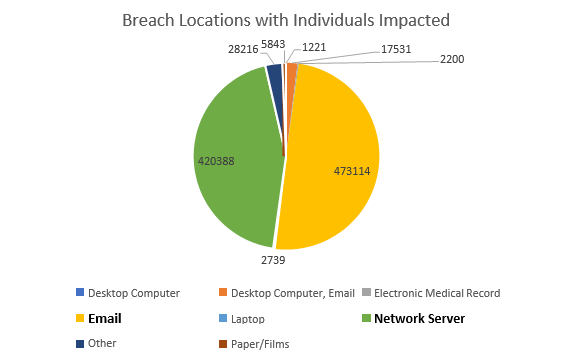Effective May 1, 2019, CMS expanded C2C Innovative Solution’s QIC Telephone Discussion and Reopening Process Demonstration to include providers/suppliers within certain MAC jurisdictions. Under the Demonstration, providers have the opportunity to participate in a recorded telephone discussion that will be included and considered as part of the appeals case file, prior to C2C’s reconsideration decision. In addition, the QIC has the authority to conduct reopenings on previously adjudicated unfavorable claims that are currently pending Administrative Law Judge (ALJ) assignment and/or unfavorable reconsiderations that have been decided by the QIC, but not yet appealed to OMHA. Participation in the Telephone Discussion Demonstration is voluntary.
C2C will issue a form letter notifying the appellant that the claim has been selected to participate in the Telephone Discussion Demonstration. Participants will be allowed 14 calendar days from the date of the notification letter to respond by returning the forms with the enclosed letter and indicate a desire whether or not participate in this voluntary Telephone Discussion Demonstration.
If the provider concurs with the request to participate in the Telephone Discussion Demonstration, C2C will conduct the telephone discussions and shall be specific in clarifying Medicare policies and requirements, educating the provider/supplier, and identifying any materials, evidence, and/or documentation that would yield a favorable outcome as part of the reconsideration process. Following the telephone discussion, a reconsideration professional at the QIC will conduct the medical or technical review, considering and applying any additional information or supporting documentation that was provided as a result of the telephone discussion. After reviewing all documentation available, the reconsideration professional will issue a decision on the case.
Click here to read on for more information from C2C.


